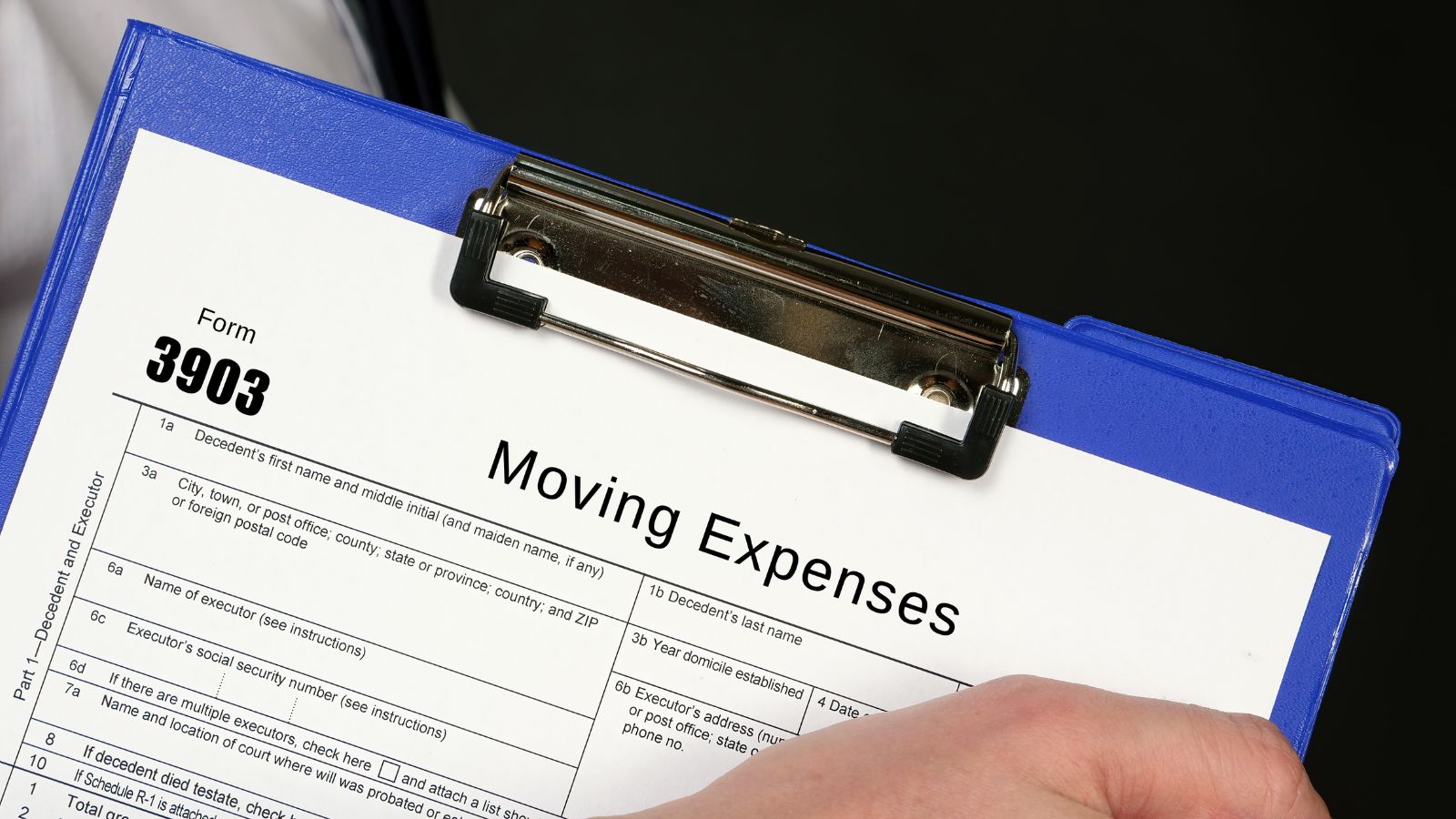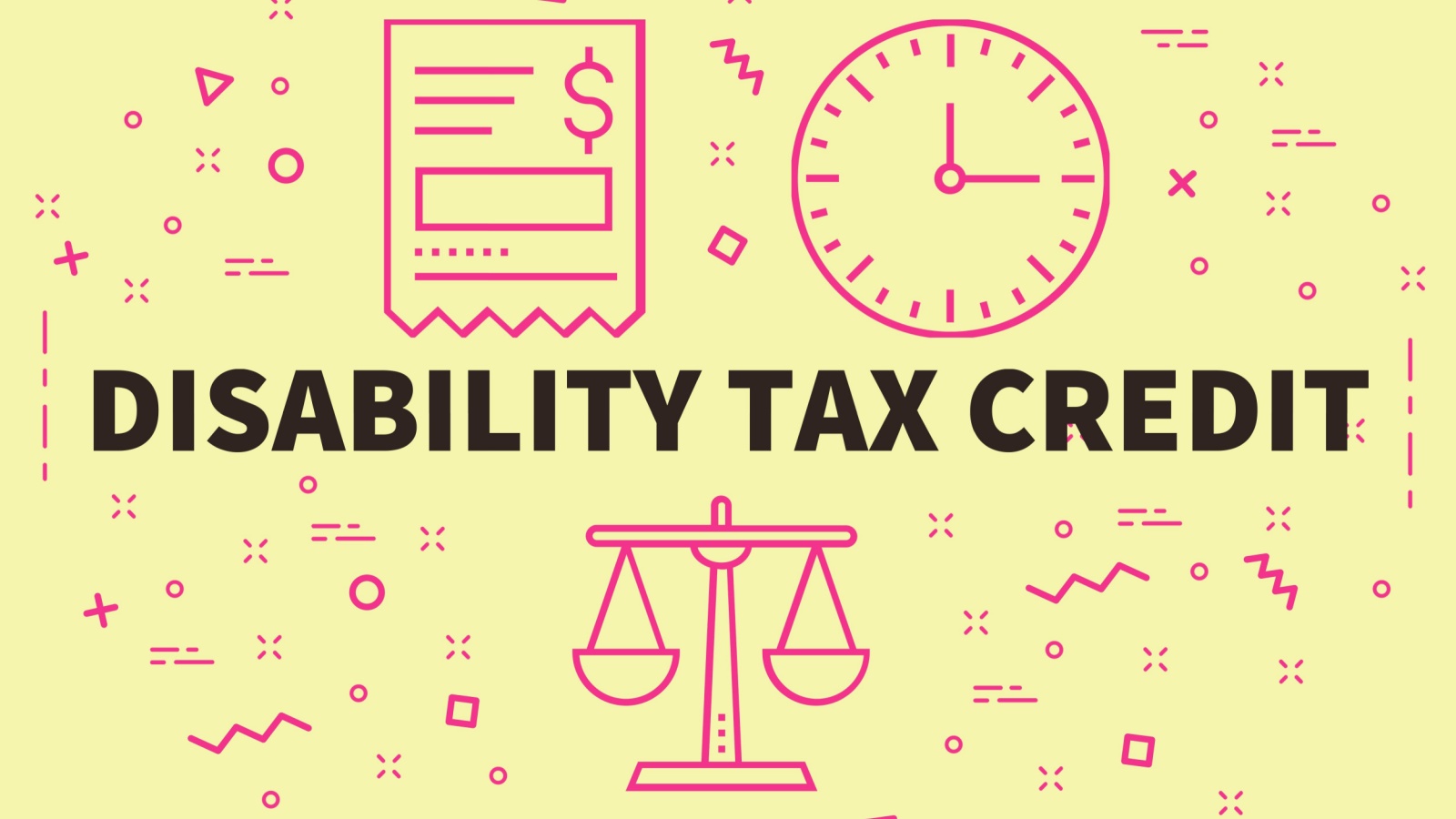Every tax season, Canadians scramble to gather receipts, fill out forms, and hope for a refund, but for all the effort, many overlook credits and deductions that could put serious money back in their pockets. These hidden tax breaks aren’t just for accountants to know, as they are available to everyday Canadians willing to look a little closer. Here are 23 hidden tax breaks Canadians keep missing:
Medical Expenses for Travel

If you need to travel more than 40 kilometers for medical care not available in your area, you may be able to deduct transportation costs. In comparison, travel over 80 kilometers could even allow meal and accommodation deductions. Many Canadians skip this simply because they don’t keep detailed receipts or think the amounts won’t matter. But for rural residents or those requiring specialist care in another city, these deductions can be worth hundreds of dollars.
Union and Professional Dues

Unionized workers often know about this deduction, but many professionals forget to claim annual association fees that keep their licenses valid. From teachers and engineers to nurses and accountants, these dues are tax-deductible in full. Skipping them can cost hundreds in lost tax savings, especially for those with multiple memberships, while even online professional organizations may qualify if they are tied directly to your employment. Keeping annual statements from your union or association ensures you never leave this easy deduction on the table.
Volunteer Firefighter and Search and Rescue Credit

Canadians who volunteer as firefighters or in search and rescue roles can claim a $3,000 tax credit, provided they have completed at least 200 hours of service during the year. Many volunteers are unaware of this credit, assuming their unpaid work has no tax benefits. However, this credit not only acknowledges the time commitment but also directly reduces taxable income. For those in small towns, this can be a meaningful thank-you, both in community impact and in lowering their final tax bill.
Northern Residents Deduction

Living in Canada’s remote or northern regions comes with high costs, but it also offers unique tax relief. Eligible residents can claim deductions for living costs and travel benefits, often totaling thousands annually, but many in smaller communities never apply because they assume their area doesn’t qualify. The CRA publishes a list of eligible locations each year, and the savings can be substantial for those facing inflated grocery, fuel, and utility prices. Checking your postal code could lead to one of the biggest hidden tax breaks in the country.
Digital News Subscription Credit

If you’ve paid for a digital subscription to a qualifying Canadian news outlet, you could claim a 15% non-refundable credit on up to $500 spent. This is designed to support journalism while rewarding readers, yet many forget to claim it. Whether it’s a national paper or a smaller local outlet, keeping that annual receipt can shave money off your tax bill. For families with multiple subscriptions, the total can add up quickly, creating an easy win for those who stay informed and want to keep their dollars working.
Tradesperson’s Tools Deduction

Qualified tradespeople can claim up to $500 for the cost of new tools required for work, and apprentice mechanics may be eligible for even more. However, you must have bought them for your job, not personal projects. Many skip this deduction because they assume their employer’s tool allowance covers it, but if you’ve paid out-of-pocket, it’s worth claiming. Over a career, this tax break can offset thousands in essential work expenses, making it a must-check line item for anyone in the skilled trades.
Moving Expenses for Work or School

Suppose you’ve moved at least 40 kilometers closer to a new job or post-secondary institution. In that case, you can claim moving expenses, including transportation, storage, temporary accommodations, and even the cost of reconnecting utilities. Many people miss this deduction because they don’t think part-time work or short-term contracts qualify, and students especially overlook it, even though savings can be substantial. Keeping detailed receipts and mileage records can turn an otherwise expensive life transition into a significant tax-time win.
Tuition Transfer to a Parent or Spouse

If you’re a student who cannot use all your tuition tax credit in a given year, you can transfer up to $5,000 of the current year’s amount to a spouse, common-law partner, or parent. Many students let unused credits just carry forward, not realizing that a transfer can offer immediate tax relief to their family. This is especially valuable if a parent is helping to cover education costs, as the credit can offset their taxes while you still benefit from carrying forward any remaining balance.
Caregiver Amount for Dependents

If you provide in-home care for a dependent relative, even an adult sibling or aging parent, you may be eligible for a tax credit that reduces your taxable income. The rules vary based on the dependent’s age, relationship, and income, so many Canadians overlook them. But with eldercare needs on the rise, this credit can be a meaningful offset to the financial demands of caregiving. Keeping medical documentation and proof of residency can ensure you don’t miss out on this often-overlooked support.
Disability Tax Credit (DTC) and Transfers

The DTC offers substantial tax relief for those with prolonged impairments, but the application process is notoriously complex. Once approved, unused credits can be transferred to a supporting family member. Still, many Canadians miss this entirely because they assume the impairment must be severe or visible, when in fact many chronic conditions qualify. The credit can be worth thousands annually and can even be backdated up to 10 years, making it one of the most valuable, yet underclaimed, tax breaks available.
Canada Workers Benefit (CWB)

The CWB supplements the income of low-income workers through both a refundable tax credit and quarterly advance payments. Despite being automatic for many, thousands of eligible Canadians never apply, especially those with irregular work hours or part-time jobs. Even a modest income can qualify, and the payment can be a welcome boost during the year, offering a straightforward way to make low wages go further. Yet, awareness remains surprisingly low given its direct cash benefit.
Student Loan Interest Deduction

Interest paid on eligible student loans is tax-deductible, yet many graduates forget to claim it, especially once payments become automatic. The deduction applies to loans issued under specific federal and provincial programs, but not to personal lines of credit. Claiming it annually helps reduce the true cost of borrowing for education, and if you don’t owe taxes this year, you can carry the deduction forward for up to five years, ensuring it’s never wasted.
Home Office Expenses

With more Canadians working remotely, the home office deduction has become increasingly relevant, but also frequently missed. If you work from home more than 50% of the time, you can claim a portion of rent, utilities, internet, and even home maintenance. The CRA also offers a simplified flat-rate method for those who don’t want to track every receipt. Many employees assume only the self-employed qualify, but that’s not the case if your employer requires you to work from home. This deduction can quietly shave hundreds off your tax bill.
Public Transit Tax Credit for Seniors

While the general public transit tax credit was eliminated in 2017, seniors in some provinces, including Ontario, still qualify for a 15% credit on eligible transit costs. This includes monthly passes, electronic fare cards, and some accessible transit services. Many seniors either aren’t aware or don’t keep receipts, missing out on a simple tax saving that rewards sustainable transportation, but it offers a small but steady way to offset living costs, especially for those on fixed incomes.
Adoption Expense Credit

Adopting a child is expensive, but the federal adoption expense credit helps reduce the burden. It covers costs such as agency fees, travel expenses, and court costs up to a set maximum amount. Many adoptive parents don’t realize this exists, or they miss eligible expenses due to poor recordkeeping. Given that adoption-related costs can climb into the tens of thousands, this credit can deliver meaningful relief during a life-changing and financially demanding transition.
Pension Income Splitting

Couples where one partner receives eligible pension income can split up to 50% with their spouse for tax purposes, potentially lowering their combined tax bill. Many retirees overlook this because they assume it’s complex or only for large pensions, but even modest pension income can benefit from splitting, especially if one partner is in a lower tax bracket. The savings can be substantial year after year, making it one of the easiest long-term tax strategies for Canadian seniors.
Climate Action Incentive Payment

Available in provinces where the federal carbon pricing system applies, this quarterly payment offsets the cost of carbon pricing. Many Canadians miss it simply because they don’t file a tax return, assuming low income means no need, when in reality, the payment is available regardless of income and can amount to hundreds annually. Filing a basic return is all it takes to access this benefit, which is a rare case where doing paperwork leads directly to a cash deposit.
Apprenticeship Job Creation Tax Credit

Employers who hire apprentices in certain trades can claim this non-refundable tax credit, but many small business owners don’t know it exists. The credit can be worth up to 10% of eligible salaries and wages, with a maximum per apprentice. For businesses facing skilled labor shortages, it serves as both a financial incentive and a workforce development tool. Failing to claim it means leaving free money on the table while missing a chance to strengthen Canada’s skilled trades pipeline.
Teacher and Early Childhood Educator Supply Credit

Teachers and early childhood educators who purchase classroom supplies out-of-pocket can claim a tax credit of 25% on up to $1,000 in eligible expenses, which includes books, art materials, games, and digital resources. Many educators either don’t keep receipts or underestimate how quickly these costs add up. While it doesn’t fully reimburse their generosity, it offers a meaningful recognition of the personal investment many make in their students’ education.
GST/HST Credit

This tax-free quarterly payment helps offset the cost of GST/HST for lower- and middle-income Canadians. Many people miss out on this credit by not filing a tax return, especially students or those with low incomes. Even if you owe no taxes, filing ensures you’re considered for the credit. It can provide hundreds of dollars a year, directly deposited into your account. For those struggling with rising costs, it’s a simple way to make everyday expenses a little more manageable.
Disability Supports Deduction

This deduction helps Canadians with disabilities claim the cost of specific supports needed for work or school, such as sign language interpretation, talking textbooks, or attendant care. Many eligible individuals never apply because they assume the disability tax credit covers everything, but in reality, this deduction is separate and can be claimed in addition to other credits, providing an extra layer of financial relief for those facing higher living costs due to accessibility needs.
First-Time Home Buyers’ Tax Credit

Buying your first home comes with plenty of expenses, but the First-Time Home Buyers’ Tax Credit offers up to $1,500 in tax relief. Many eligible Canadians overlook it in the excitement and chaos of closing a deal. It’s available for detached homes, condos, townhouses, and even some mobile homes, and the key is to claim it in the year you buy, as missing that window means missing the credit entirely.
Employment Insurance (EI) Overpayment Refund

If you’ve had multiple employers in the same year, you might have overpaid EI premiums without realizing it. The CRA will automatically calculate a refund when you file your taxes, but many people never check to confirm. Reviewing your T4s ensures no overpayment slips through unnoticed, and while the amounts vary, for some, it can mean a surprise refund, essentially reclaiming money that’s rightfully yours.
21 Products Canadians Should Stockpile Before Tariffs Hit

If trade tensions escalate between Canada and the U.S., everyday essentials can suddenly disappear or skyrocket in price. Products like pantry basics and tech must-haves that depend on are deeply tied to cross-border supply chains and are likely to face various kinds of disruptions
21 Products Canadians Should Stockpile Before Tariffs Hit
